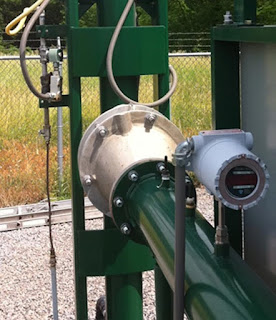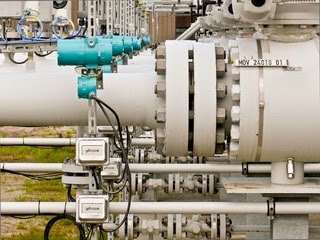TRICOR is AW-Lake’s line of Coriolis Mass Flow Meters, for both liquids and gases, with a product range that includes four distinct lines.
The TRICOR CLASSIC Series of Coriolis flowmeters is our "ordinary" line, with lower cost and performance specs to cater to a broader market. The TCM “CLASSIC” series meets general industrial requirements with out-of-the-box ease of use. Lower cost and lower performance specs meet broader application needs. Applications include the processing of paint and coatings and dosing of non-corrosive fluid requiring 0.3% accuracy and low to zero maintenance.
The TRICOR PRO Series is an "advanced" line, with improved performance, diagnostics, and connectivity, as well as a DSP transmitter. The new TCD 9000 series of transmitters offers greater robustness, performance, diagnostics, and connectivity options. With a modern HMI interface and robust logging functionality, the DSP transmitters provide users with an efficient configuration and analysis tool.
The TRICOR PRO Plus Series contains a small sensor linked to a TRICOR DSP transmitter. The new PRO Plus Series presents an accurate and highly repeatable meter with the most compact installation length on the market for installation into systems where space is limited. In addition, the TCD transmitter offers greater robustness, performance, diagnostics, and connectivity options. With a modern HMI interface and robust logging functionality, the DSP transmitters provide users with an efficient configuration and analysis tool.
Finally, the TRICOR SPECIALTY Series Coriolis flowmeters for high-pressure applications are available. The TCMH 0450 is offered in three pressure ratings: 6,000 psi, 10,000 psi, and 15,200 psi (414 bar, 690 bar, and 1050 bar). The material choices for the U-shape tubes are either 316L stainless steel for chemical injection applications (NACE compliant) or Sandvik® Alloy HP 160, chosen to eliminate hydrogen embrittlement, such as in Hydrogen fueling stations. The TCMH 0450 is the world’s first MI-002 / OIML137 certified Coriolis flowmeter for hydrogen dispensing applications.
M.S. Jacobs
https://msjacobs.com
800-348-0089






